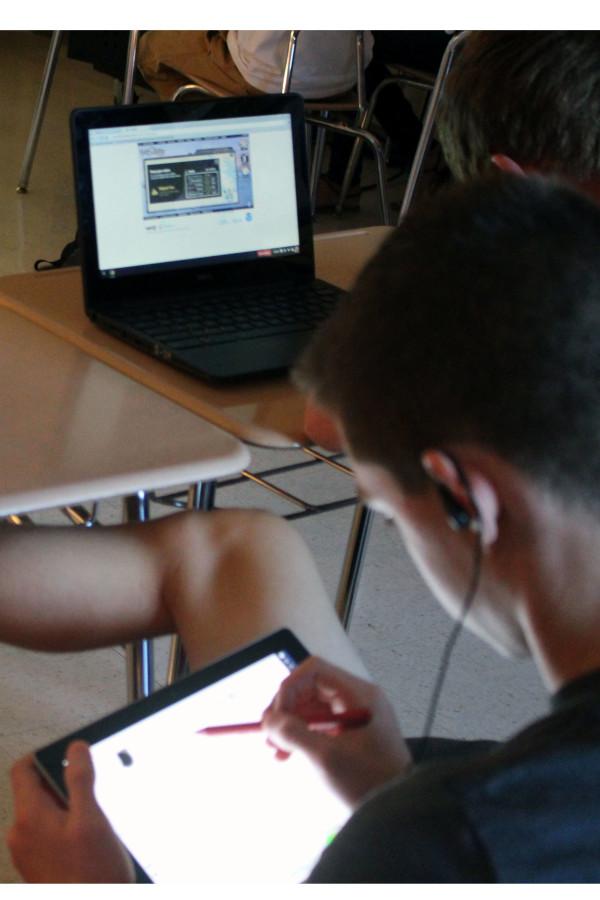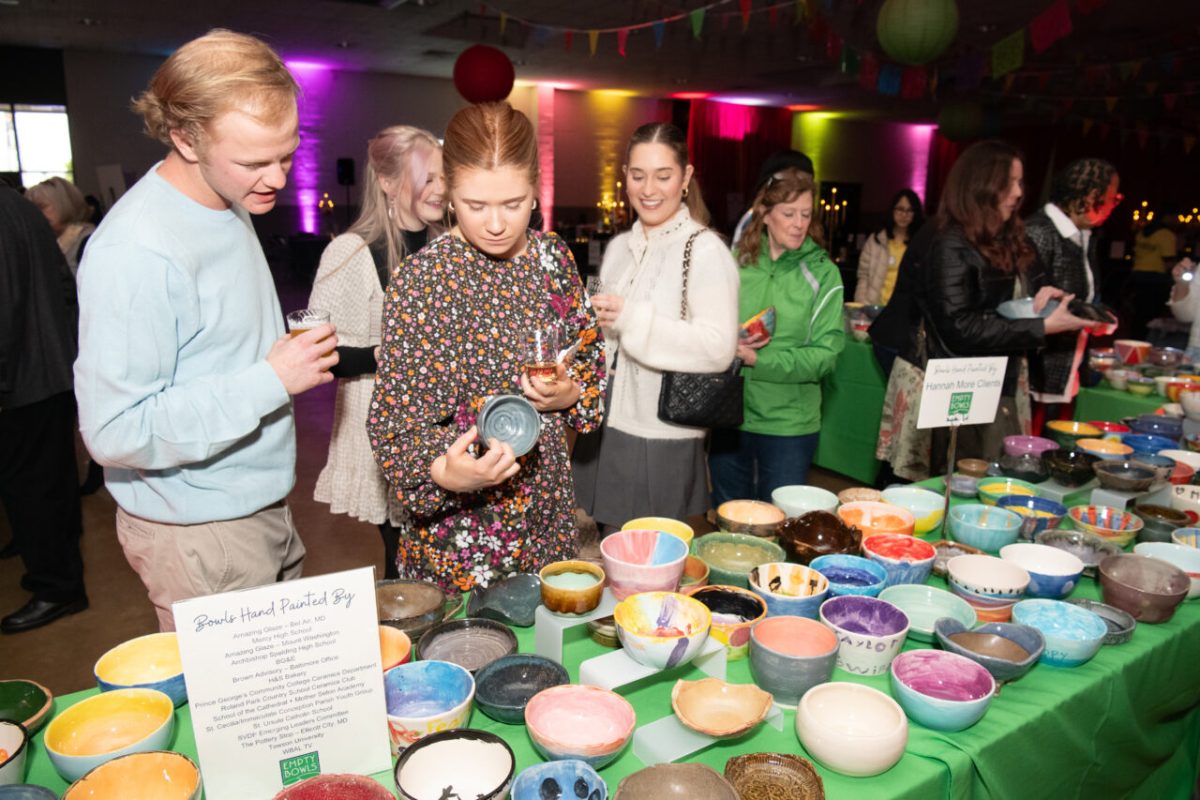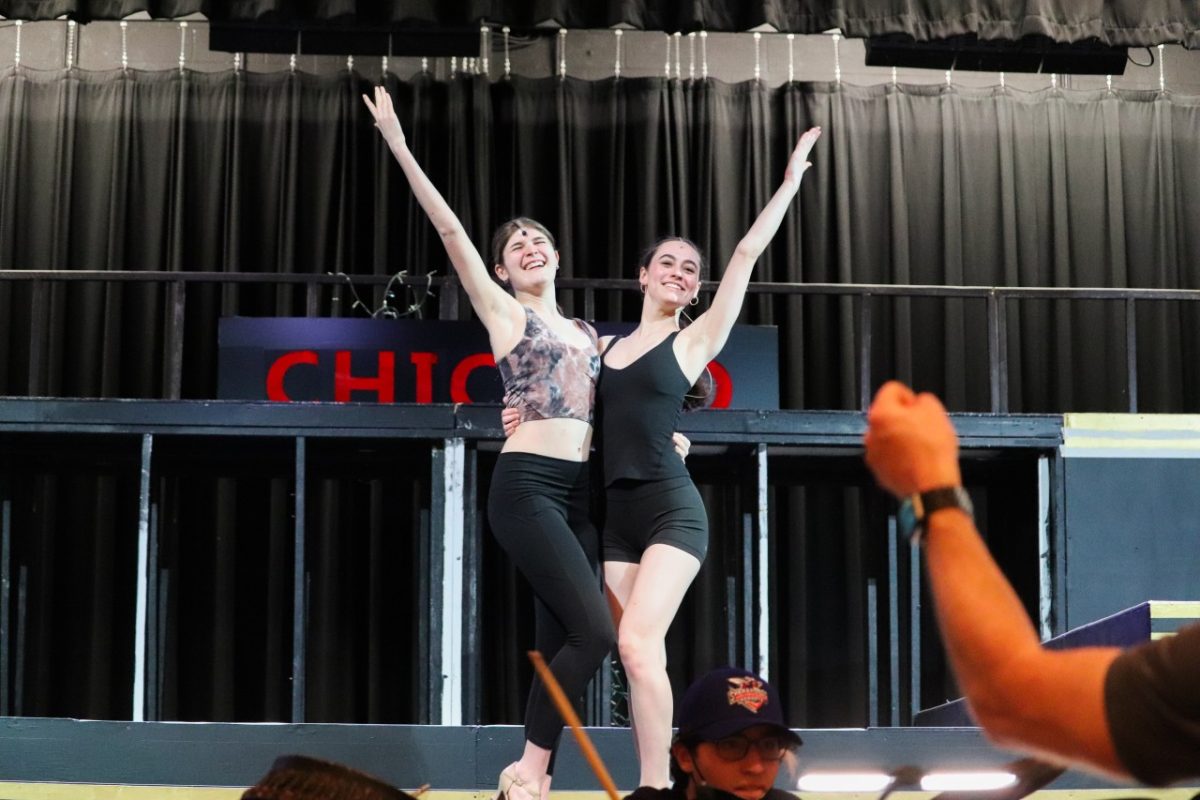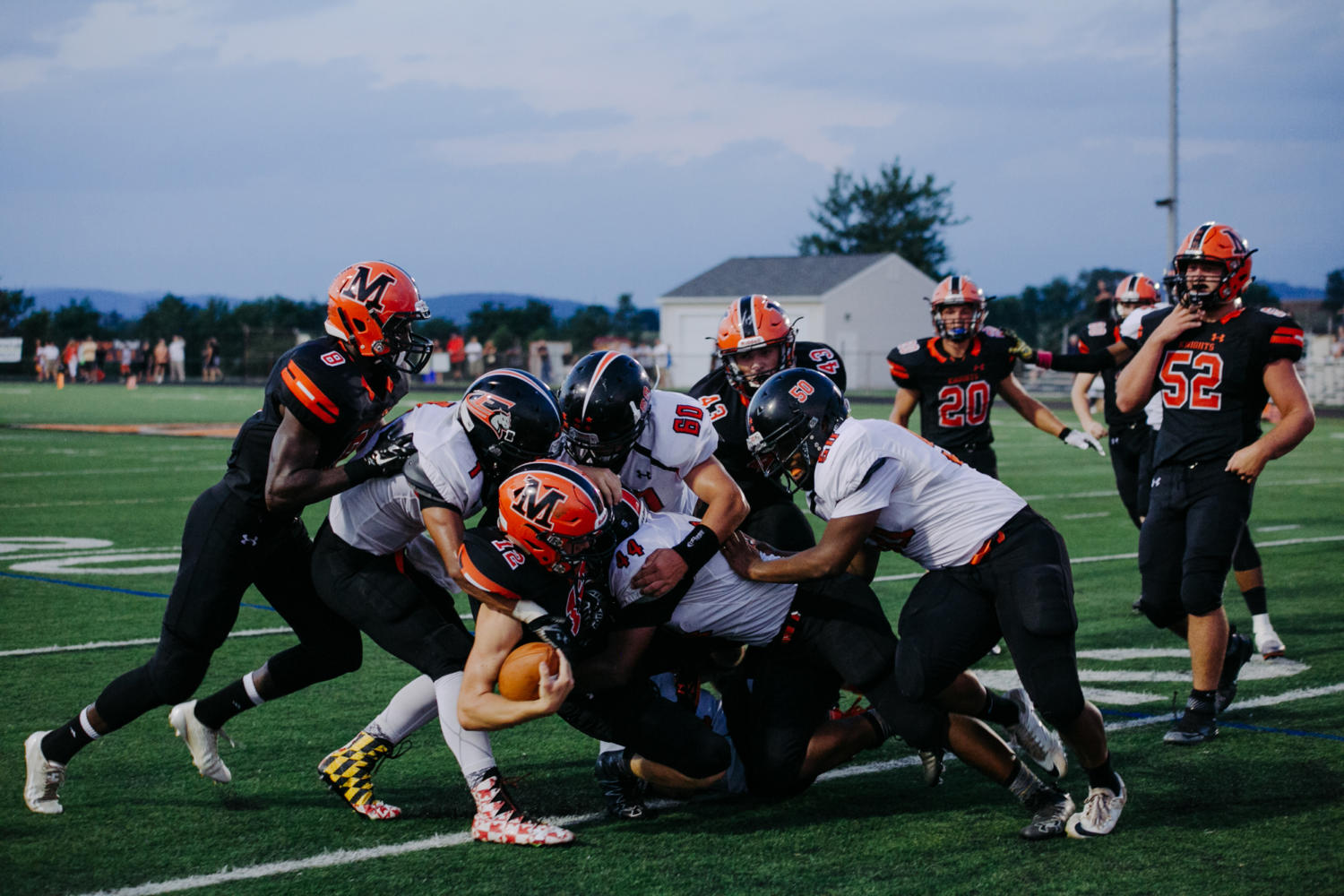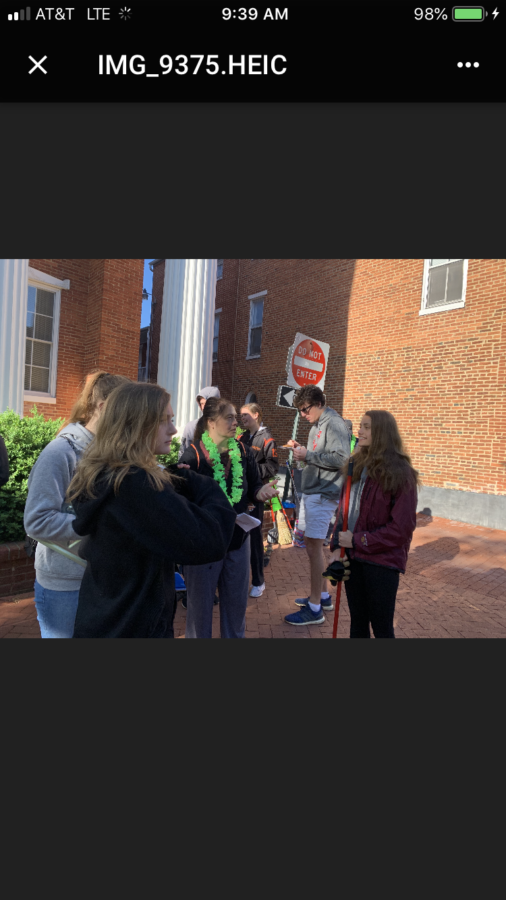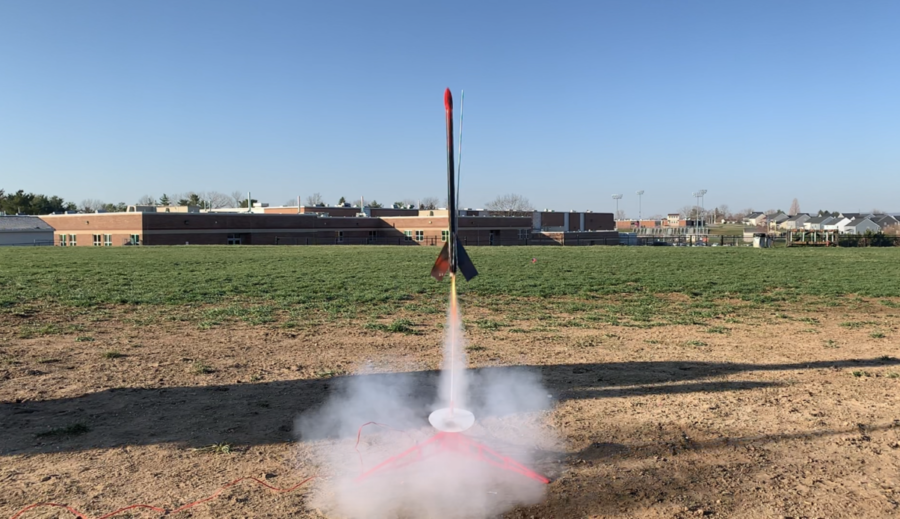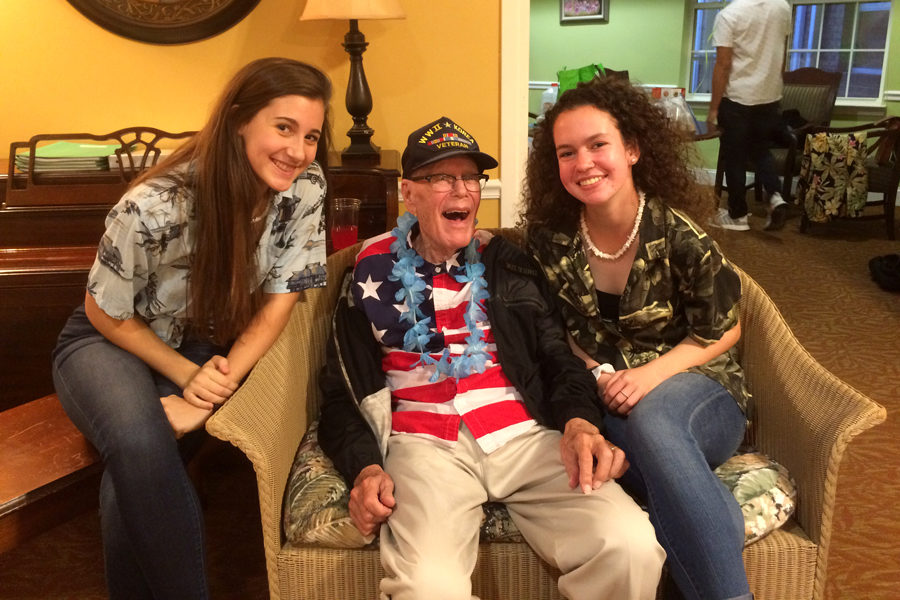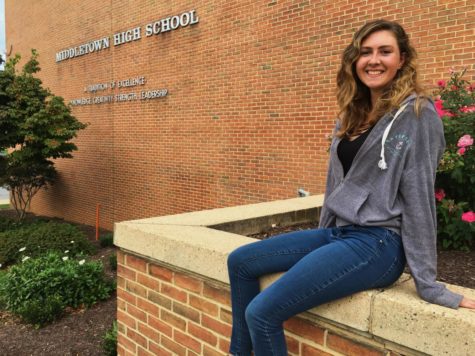In recent years, Middletown High School teachers have been trying to incorporate “bring your own device” into the classroom to assist students in learning, and this year they will be encouraging it more than ever in a multitude of ways.
“One of the things about technology is it’s going to keep advancing no matter what so we need to hop on board and adapt and change with it or we’re going to be left behind,” said MHS foundations of technology teacher Brian Shea.
The push for students to bring their own devices has only started in the last few years but teachers are always discovering more ways for students to use their devices to enhance their learning experience.
“I think it’s a good thing because students are very tech savvy so we like for them to be able to use the devices and find new apps and websites that challenge them,” said MHS foundations of technology teacher Alisa Gibson.
In utilizing a student’s personal device, students are provided with a number of opportunities to learn content through a variety of different websites and apps that wouldn’t typically be used in schools.
MHS junior Ivan Church said he enjoys using his device in class because, “it gives us the freedom to be able to learn a different way than just looking at a textbook.”
Many students enjoy being on their devices, especially smartphones, in class.
“The students want to bring in their own device to do whatever they need to,” said Shea.
MHS teachers have really been trying to take advantage of the various educational opportunites that a smartphone can offer as much as they can.
“In my classes currently, students use them all the time. They bring their cell phones in, not so much iPads or iPods,” said Gibson.
“I always try and incorporate BYOD as much as possible,” Shea added.
Students aren’t only using devices in technology classes. Church says his history class is where he uses his device the most.
Smartphones are a huge reference tool in many classes throughout the school for both aiding in lectures and doing research for class projects.
Shea said that his students use Google to find images to get an idea of what to draw or finding additional details to something brought up in a lecture.
Gibson’s classes use their devices for “doing research for searching on Youtube, because the school blocks it or if they’re getting pictures for projects that we’re doing off of Facebook because again the school blocks it.”
Other apps teachers have found useful include Padlet, a website for creating visually interesting presentations, and Quizlet, a website for helping students study for tests and quizzes.
Both Shea and Gibson said that they use the website Kahoot, which allows a teacher to create a multiple choice test online and have students simply enter the class code and then answer the questions to earn points. The site can create a leader board based on which students were correct and who answered the fastest.



